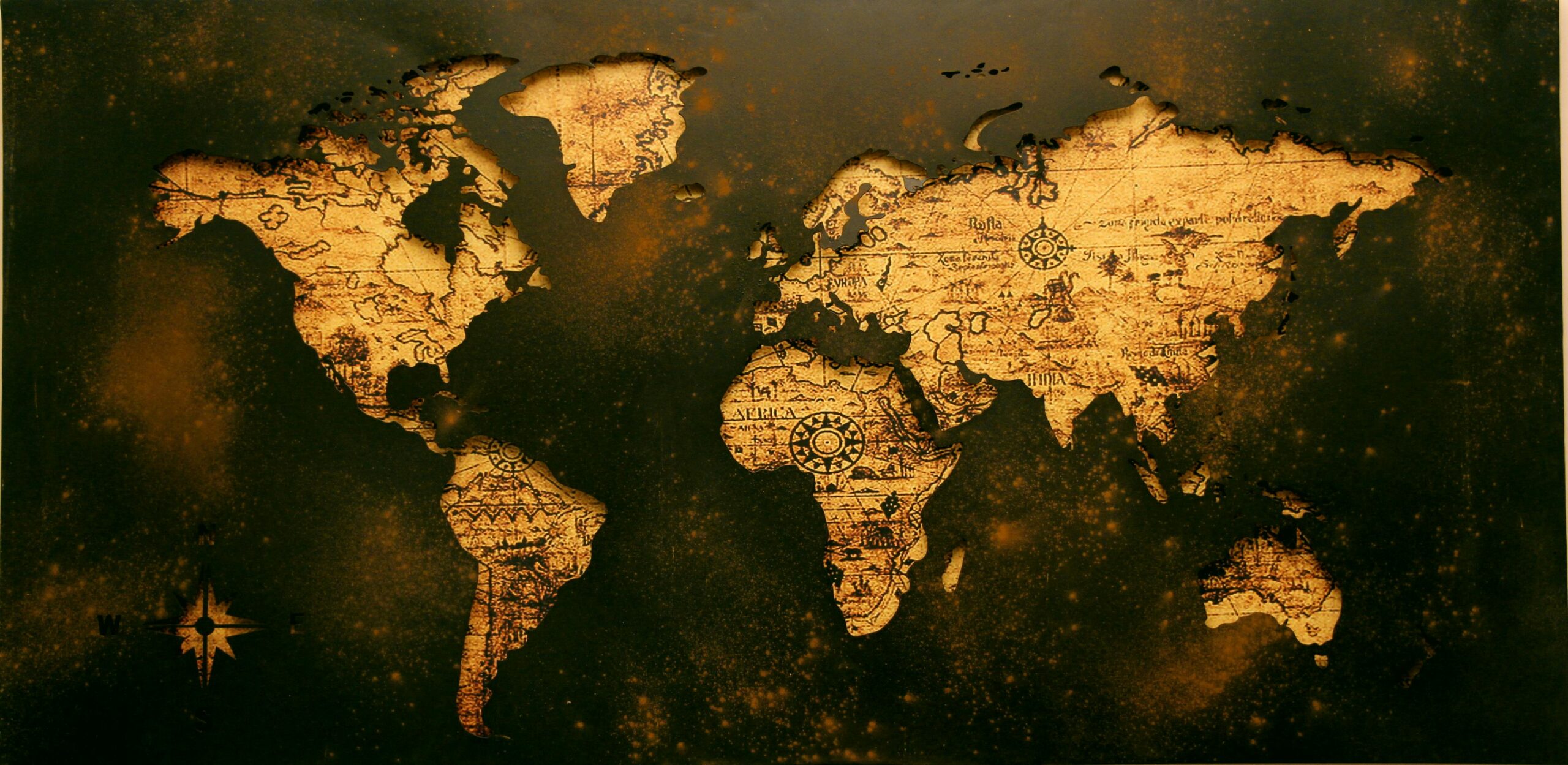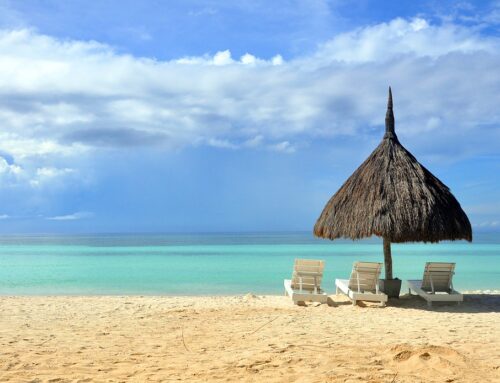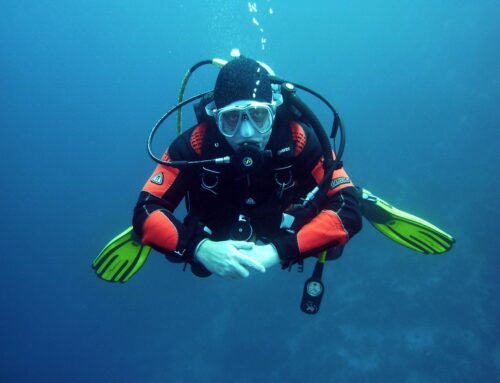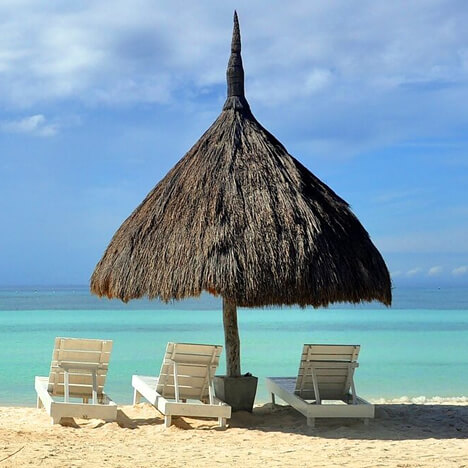
Top World War II Historical Sites in the Philippines for Expats
If you’re living in the Philippines or just passing through, exploring the country’s World War II sites is a powerful way to connect with its past. These places aren’t just historic landmarks — they’re stories frozen in time, filled with moments of bravery, sacrifice, and resilience. From crumbling fortresses to quiet memorials, each site offers a deeper look into the role the Philippines played during the war. Whether you’re a history buff or just curious, visiting these locations will leave you with a lasting sense of respect for what this country went through and how far it has come.
Corregidor Island: The Last Stand of World War II in the Philippines
Exploring the Island’s Historic Tunnels
One of the most striking features of Corregidor Island is its network of underground tunnels. These were vital during World War II, offering shelter, command posts, and medical care during heavy bombardment. The most famous is the Malinta Tunnel, which served as a bomb-proof headquarters and hospital for both American and Filipino forces. Walking through these dark, echoing passageways gives you a real sense of the conditions soldiers faced during the war and why the island held such strategic value.
Visiting the Pacific War Memorial
At the highest point of the island, the Pacific War Memorial offers a quiet, powerful tribute to those who fought and died in the Pacific theater. The centerpiece is a circular altar beneath an open dome, designed to let sunlight in at noon each day — a symbolic prayer for peace. Not far from the dome is the Eternal Flame of Freedom, a striking sculpture that honors the sacrifices made in the name of liberty. The entire area has a reflective atmosphere that contrasts with the more rugged battlefield remnants elsewhere on the island.
How to Get There
Getting to Corregidor is surprisingly easy if you’re based in Manila. Ferries depart from the Esplanade Seaside Terminal or Manila Harbor Center, and the ride usually takes about an hour. Most visitors choose to join a guided tour, which includes round-trip ferry tickets, lunch, and transportation around the island. These tours typically cover the major landmarks, including the Malinta Tunnel and the Pacific War Memorial, making it a convenient way to explore the island’s history in a single day.
Bataan Death March: Remembering the Fallen
Key Stops Along the Bataan Death March Route
The Bataan Death March is one of the most somber and historically important World War II events in the Philippines. Walking or driving along parts of this route today is a powerful reminder of the suffering and courage shown by thousands of Filipino and American soldiers. After surrendering to Japanese forces in 1942, prisoners of war were forced to march more than 100 kilometers under brutal conditions.
Key locations include the San Fernando Railway Station, where many of the exhausted prisoners were loaded onto freight trains. Another significant stop is the Capas National Shrine in Tarlac, the final destination for many who survived the march. These sites are moving places to visit, offering quiet moments of reflection and a deeper understanding of what these men endured.
Bataan War Memorials and Monuments
Bataan is home to several landmarks that honor those who fought and fell during the war. One of the most striking is the Mount Samat National Shrine, also known as Dambana ng Kagitingan. It features a massive cross that towers above the landscape and a museum filled with stories, photographs, and wartime memorabilia. The views from the top are breathtaking, but the real impact comes from the memorial’s tribute to both Filipino and American soldiers who stood their ground against overwhelming odds.
Another must-visit is the Bataan World War II Museum located in Balanga. This smaller but well-curated museum offers detailed exhibits that tell the story of the Death March and highlight the personal experiences of those who lived through it.
How to Get There
Bataan is an easy trip from Manila, whether you’re traveling by private car or public bus. The journey takes around two to three hours depending on traffic. Once in the province, you can use local transport like tricycles or jeepneys to visit different sites. If you’re looking for deeper insight, guided tours are available and can help you understand the full history behind each location. These tours often include stops at key markers along the Death March route and visits to nearby memorials.
Intramuros, Manila: The Walled City’s Role in World War II
Intramuros: The Walled City’s World War II Legacy
Intramuros, the historic walled city in the heart of Manila, played a major role during World War II. In 1945, it became the center of the Battle of Manila, one of the most intense and devastating urban battles of the war. The fighting left much of Intramuros in ruins, with heavy losses among both soldiers and civilians. What was once a thriving Spanish colonial center turned into a battlefield, and the scars of that conflict are still remembered today.
Although much of Intramuros was destroyed, restoration efforts over the years have brought new life to the area. Walking its cobbled streets now, you’ll find a mix of preserved ruins and rebuilt structures that tell the story of resilience and remembrance.
Visiting Fort Santiago and Other War Memorials
One of the most important sites within Intramuros is Fort Santiago. This centuries-old fortress served as a military base and prison during the Japanese occupation. Inside, you can visit the dungeons where prisoners were held and see the memorials dedicated to those who suffered and died during the war. The site also houses the Rizal Shrine, which honors José Rizal, the national hero of the Philippines who was imprisoned here before his execution in 1896.
Other points of interest include the Manila Cathedral, which was heavily damaged during the war and later rebuilt, and Plaza Moriones, a large public square where many wartime events unfolded. These locations give you a deeper understanding of what the city endured and how it has rebuilt itself over time.
How to Get There
Intramuros is right in the center of Manila and easy to reach from most parts of the city. If you’re staying at a hotel in Makati, Pasay, or Ermita, it’s just a short ride by taxi or ride-hailing app. You can also take the LRT and get off at Central Terminal Station, which is a quick walk to the entrance gates. Once you’re there, the best way to explore is on foot or with a guided walking or bike tour. These tours give great historical context and often include stops at Fort Santiago, the cathedral, and other significant landmarks tied to World War II.
Leyte Landing: The Return of General MacArthur
Touring the MacArthur Landing Memorial National Park
Located in Palo, Leyte, the MacArthur Landing Memorial National Park marks one of the most iconic moments in World War II history — the return of General Douglas MacArthur to the Philippines on October 20, 1944. This symbolic landing signaled the beginning of the liberation of the country from Japanese occupation.
At the center of the park, you’ll find the famous bronze statues of General MacArthur and his team wading ashore. These larger-than-life sculptures are a powerful visual representation of the promise MacArthur made and kept. Around the park, historical markers provide details about the landing and the events that followed. It’s a peaceful spot with sweeping views of Leyte Gulf, making it a meaningful place for reflection.
The Significance of Leyte Gulf in World War II
Just days after MacArthur’s landing, Leyte Gulf became the site of one of the largest naval battles in history. From October 23 to 26, 1944, Allied and Japanese forces clashed in what is now known as the Battle of Leyte Gulf. This major confrontation involved hundreds of ships and aircraft, and it played a critical role in weakening Japan’s naval power in the Pacific.
The victory at Leyte paved the way for the continued push across the Philippines, making it a turning point in the war. Today, the region still carries echoes of its wartime past, with various memorials and museums honoring those who fought during this pivotal battle.
How to Get There
Getting to the memorial is easy if you’re starting from Tacloban City. The park is about 30 minutes away by car or taxi. Tacloban is accessible via daily flights from Manila and Cebu, with several airlines offering quick and affordable trips. Once you land, you’ll find local transportation options like taxis or ride-hailing apps to get you to the park. Guided tours are also available if you want to explore the site along with other nearby historical landmarks.
Clark Air Base: A Hub of Military History
Exploring the Clark Museum and 4D Theater
Located inside the former Clark Air Base in Pampanga, the Clark Museum offers a fascinating look into the area’s rich military past. The museum focuses heavily on Clark’s role during World War II, with exhibits that cover the base’s strategic importance, the battles that took place nearby, and the soldiers who once served there.
Inside, you’ll find detailed displays of photographs, artifacts, and documents that help bring history to life. One of the highlights is the 4D Theater, where visitors can experience a powerful multimedia presentation that blends real footage, special effects, and dramatic storytelling. The show gives a moving overview of the war’s impact on the Philippines and how Clark evolved from a battlefield to a peacetime base.
World War II Relics and Exhibits
For history enthusiasts, the museum grounds also include a variety of authentic World War II relics. From vintage aircraft and military vehicles to uniforms and weapons, these pieces offer a closer look at the tools and equipment used during the conflict. Some of the most memorable displays include remnants of Japanese and American gear, all preserved to give visitors a deeper understanding of life on the base during wartime.
Walking through these exhibits, you’ll gain a sense of the scale of the war and how Clark Air Base served as a key part of the Allied defense strategy in the Pacific. Whether you’re into military history or just curious about the stories behind the photos, this site offers a powerful experience.
How to Get There
Clark Air Base is in Angeles City, Pampanga, about 80 kilometers north of Manila. If you’re driving, take the North Luzon Expressway (NLEX) and expect a travel time of around 1.5 to 2 hours depending on traffic. Clark International Airport is also nearby, which makes this site easily accessible for both domestic and international visitors. Once in the Clark Freeport Zone, follow signs to the Clark Museum, or use local transportation to reach the entrance. The museum is well-marked and easy to find within the base.
Mount Samat: The Shrine of Valor
Climbing to the Memorial Cross
Mount Samat in Bataan is one of the most iconic World War II memorial sites in the Philippines. At the summit stands the Shrine of Valor, home to the towering Memorial Cross that rises 555 meters above sea level. The cross itself is an imposing structure that serves both as a tribute and an observation point.
Visitors can climb up via a combination of paved paths and stairways that lead to an elevator inside the cross. From the viewing deck near the top, you’ll get sweeping views of the Bataan Peninsula, the West Philippine Sea, and the surrounding mountains. It’s a peaceful place to pause, take in the scenery, and reflect on the history behind it.
Understanding the Battle of Bataan
Mount Samat is more than just a scenic spot. It’s a solemn tribute to the bravery of Filipino and American soldiers who fought during the Battle of Bataan. This battle was one of the most grueling in the early days of World War II, with Allied forces making a final stand against the Japanese advance.
The Shrine of Valor includes a museum at the base of the cross that shares powerful stories from the battlefield. Through artifacts, photographs, and personal accounts, visitors can gain a deeper understanding of the hardships these soldiers endured. The museum also explains the broader impact of the battle and its role in the overall timeline of the war in the Pacific.
How to Get There
Mount Samat is located in Pilar, Bataan, about 120 kilometers northwest of Manila. If you’re driving, take the North Luzon Expressway (NLEX), then connect to Bataan via SCTEX or local highways. The trip typically takes between two to three hours depending on traffic. Once you reach Pilar, signs will guide you to the Shrine of Valor. There’s parking available at the site, and from there, you can walk or drive closer to the base of the Memorial Cross to begin your visit.
Palawan: Hidden World War II Sites
Exploring the Palawan Special Battalion Memorial Shrine
Palawan is best known for its beaches and natural beauty, but it also holds a quiet corner of World War II history. In Puerto Princesa City, the Palawan Special Battalion Memorial Shrine pays tribute to a group of Filipino soldiers who bravely resisted Japanese forces during the war. The shrine features a memorial wall engraved with the names of fallen heroes, along with historical markers that tell the story of the battalion’s efforts.
It’s a peaceful place to visit and a powerful reminder that even in the most beautiful places, history runs deep. Spending time here offers a meaningful perspective on the sacrifices made by locals who fought to defend their homeland.
Discovering Japanese War Caves and Tunnels
Throughout Palawan, you’ll find a network of Japanese war caves and tunnels that were used during the Japanese occupation. These underground shelters served as hiding places, command posts, and supply storage for soldiers stationed on the island.
Many of the caves near Puerto Princesa and El Nido are still accessible today, and some can be explored with the help of a local guide. Walking through these narrow, hand-dug tunnels gives you a sense of the rough conditions and the lengths soldiers went to for survival. If you enjoy blending history with adventure, this part of Palawan is well worth exploring.
How to Get There
Getting to Palawan is simple. Daily flights from Manila arrive at Puerto Princesa International Airport. From there, you can hire a local guide or join a tour to reach the memorial shrine and surrounding war sites. Most locations are accessible by car or van, and local guides can help bring the history to life with added context.
Related Posts
-
An Expat’s Guide to Gardening in the PhilippinesMarch 25th, 2024
-
Your Guide to Installing a Swimming Pool in the PhilippinesMay 31st, 2024
- No comments have been published yet.
Tags
Recent Posts
- Navigating Life Without a Physical Address in the Philippines: How to Manage Banking Challenges
- Navigating the Foreign Earned Income Exclusion: Insights for U.S. Expats in the Philippines.
- Teach Her to Fish: Empowering Your Filipino Girlfriend to Succeed in Remote Work
- Explore El Nido, Philippines: Things to Do, Where to Stay, and How to Get There
- T-Mobile Service Without the Price: Why Mint Mobile is Perfect for Expats in the Philippines

















